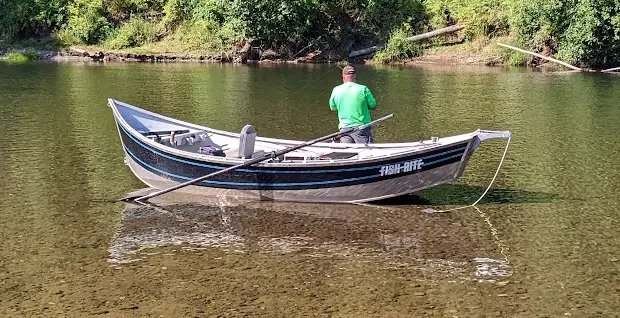Best flies for Spring Trout
Written on April 4th, 2016 by Trout
Ah, spring - the time of year when the flowers start to bloom, the birds start to sing, and the trout start to bite. But with so many different fly patterns to choose from, it can be tough to know which ones to tie on to your line. Don’t worry though, I’m here to help. So, grab your vise, your feathers, and your thread, and let’s talk about the best flies to use for trout in the spring.
First up, we have the classic Woolly Bugger. This versatile pattern works well all year round, but it really shines in the spring when the water is still cold and the fish are feeling a little sluggish. With its marabou tail, flashy body, and flowing hackle, the Woolly Bugger mimics everything from a baitfish to a leech, making it irresistible to hungry trout. And the best part? You can tie it in just about any color combination you can imagine, so you can match the hatch or try something new.
Next, we have the Pheasant Tail Nymph. This simple but effective pattern is a staple in any fly fisherman’s box, and for good reason. The thin profile and subtle flash of the pheasant tail fibers imitate a variety of aquatic insects, including mayflies, stoneflies, and caddisflies - all of which are abundant in the spring. And if you’re feeling really fancy, you can tie on a beadhead version for a little extra weight and flash.
If you’re looking for something a little more specific to the spring hatch, try the Blue Winged Olive (BWO) dry fly. As the name suggests, this pattern imitates the small mayflies that emerge in droves in the early spring. The BWO is a delicate fly, so make sure you’re using a light tippet and a gentle touch when casting. But if you get it right, the reward is well worth the effort - nothing beats the sight of a trout sipping a tiny dry fly off the surface of the water.
Another great pattern for imitating spring hatches is the Elk Hair Caddis. This fly has been a favorite among fly fishermen for decades, and for good reason. The elk hair wing and bushy body imitate a variety of caddisflies, which are known for their erratic flight patterns and splashy landings. And because caddisflies are so prevalent in the spring, the Elk Hair Caddis is a must-have in your fly box.
Finally, we have the Griffith’s Gnat. This unassuming little fly may not look like much, but it’s deadly effective when it comes to imitating midges - the tiny insects that hatch all year round, but are particularly abundant in the spring. The simple black body and grizzly hackle make the Griffith’s Gnat easy to tie, and the small size means you can fish it even on the calmest of days when the fish are being particularly finicky.
Of course, these are just a few of the many fly patterns that can be effective for trout in the spring. Ultimately, the best fly is the one that the fish are biting on that day, so don’t be afraid to experiment and try something new. And remember, fly fishing is as much about the experience as it is about the fish - so enjoy the beauty of the springtime scenery, the sound of the water rushing past, and the feeling of being connected to nature in a way that few other activities can match.

